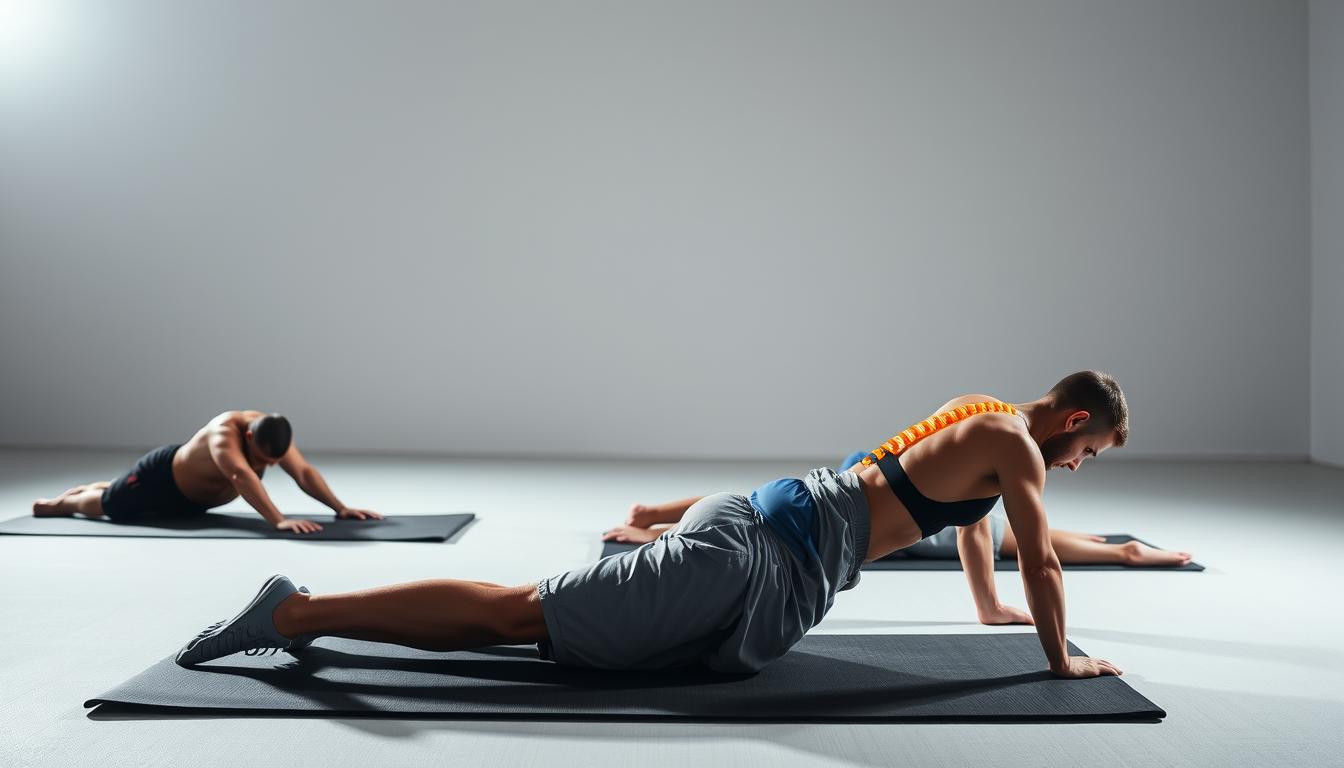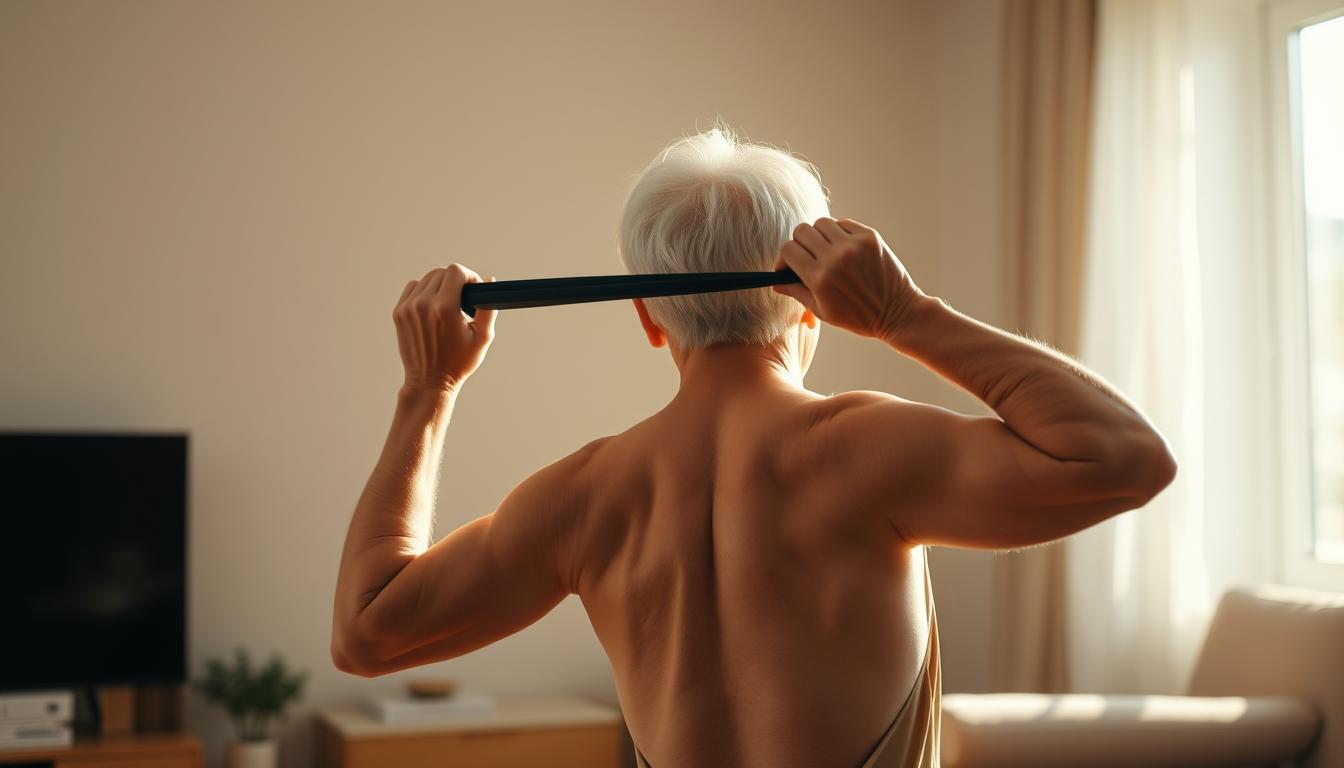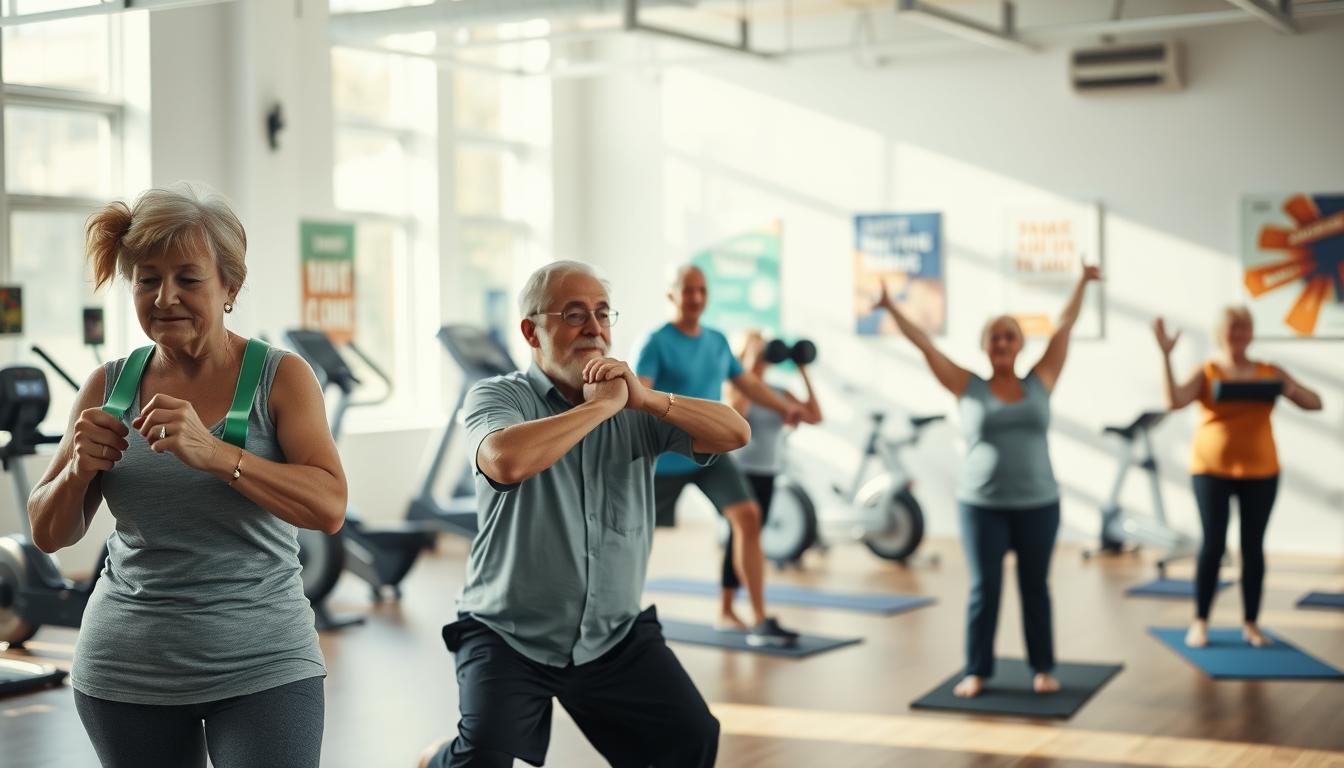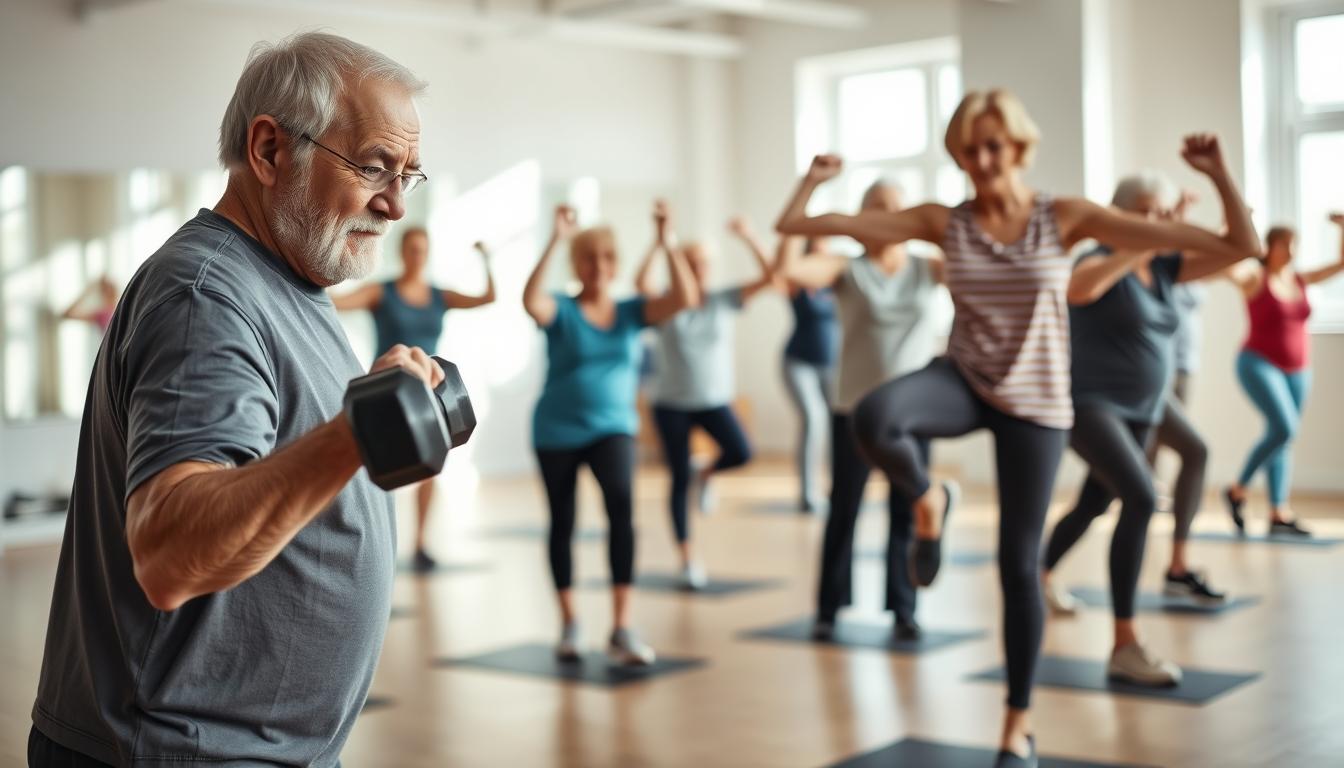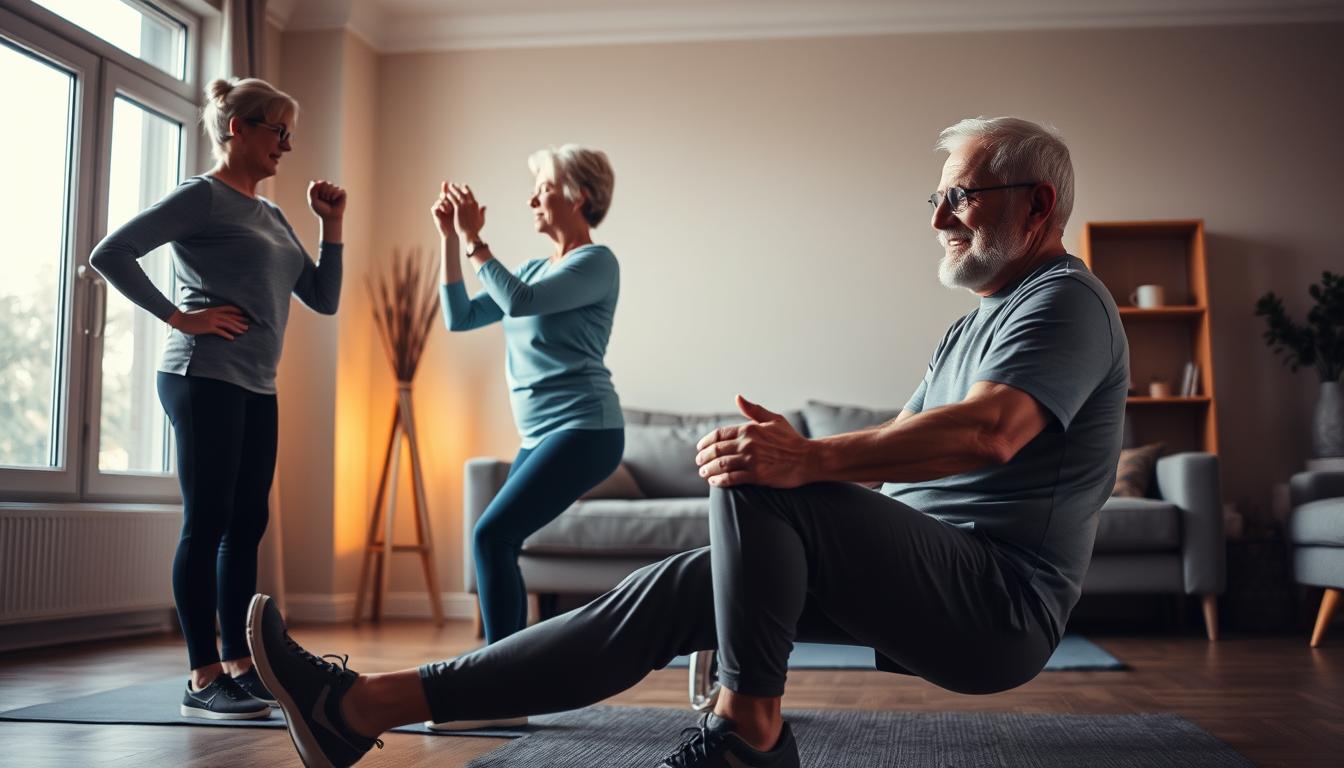Want to bulletproof your backbone? Weight-bearing moves like brisk walks and resistance training are your spine’s best friends—but one outperforms the other in clinical trials. I’ve seen 65-year-olds rebuild their posture with deadlifts while treadmill warriors plateaued. Let’s cut through the noise.
Research shows not all sweat sessions spark bone growth. Take Jane, my client who walked daily but still fractured a vertebra gardening. We swapped strolls for squats—her next DEXA scan? Bone density up 9% in a year. No joke.
Here’s the rub: Your skeleton craves impact and resistance. Think jumping jacks over gentle yoga. I’ll show you why pumping iron beats power-walking for spinal armor—even if you’re currently confusing dumbbells for TV remotes.
Unpacking Spinal Bone Density: The Basics
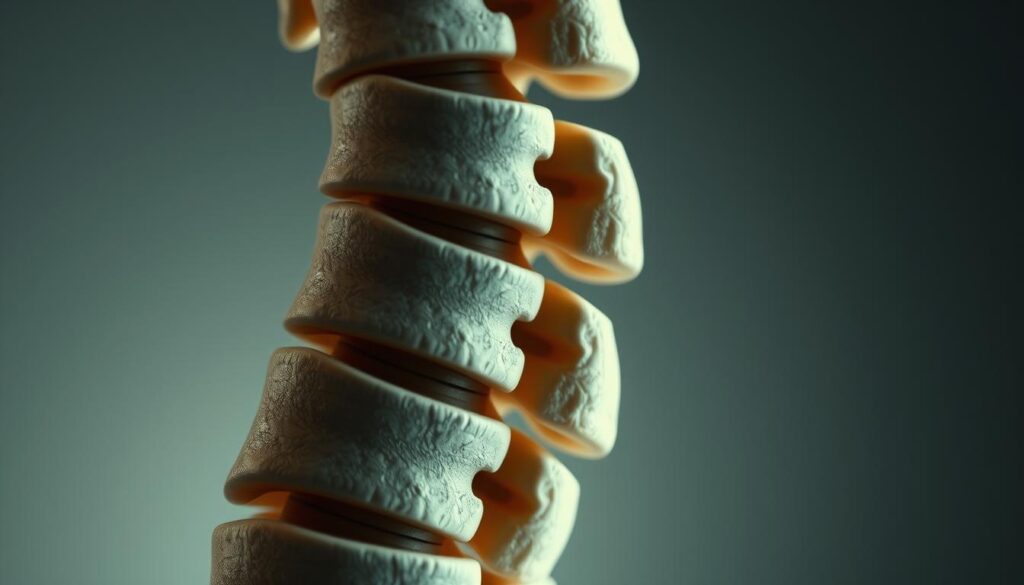
Let’s get real about your backbone’s secret language. When I say “spinal bone density,” I’m talking about your vertebrae’s mineral party—imagine tiny bouncers (calcium) guarding a VIP club. Slouch while lifting groceries? That’s like overloading a cardboard box. Your bones remodel based on demand, which is why your posture at the kitchen sink matters as much as your gym routine.
Here’s the kicker: osteoporosis isn’t just about brittle bones. It’s a sneaky thief stealing structural support. I once watched a client crack a rib coughing because her slumped posture redistributed pressure unevenly. Fixing her stance became our first priority—no fancy exercises needed, just alignment tweaks during laundry folding.
| Posture Habit | Bone Impact | Osteoporosis Risk |
|---|---|---|
| Slouched Sitting | Compressed vertebrae | High |
| Neutral Spine | Even force distribution | Low |
| Forward Head | Neck strain + bone wear | Moderate |
Your body speaks through micro-movements. Ever notice how grandmas who garden daily have sturdier frames? It’s not magic—it’s consistent resistance against gravity. But here’s where most miss the mark: You can’t out-exercise bad posture. Trust me on this one.
Before we dive into training techniques, remember: alignment is your foundation. It’s as simple as standing like you’re balancing a book on your head while waiting for coffee. Master this, and advanced moves become power tools instead of back-breakers.
What Exercises Increase Bone Density in the Spine: A How-To Guide

Bone health isn’t about brute force—it’s a conversation your skeleton has with gravity. I’ve watched clients transform their spinal strength by treating workouts like Morse code: short, intentional signals that trigger biological upgrades. Your vertebrae remodel when you apply pressure—then rebuild stronger.
The Body’s Blueprint for Reinforcement
Mechanical stress works like a personal trainer for your skeleton. When you lift weight or push against resistance, bone cells activate repair crews. Picture your tibia after a hike—micro-cracks form, then fuse tighter than before. Your spine thrives on similar challenges.
Start with movements mimicking daily activities:
- Chair squats (lower slowly like sitting on hot pavement)
- Wall push-ups (control matters more than reps)
- Heel raises (pretend you’re peeking over a fence)
Easing Into the Process
I once trained a retiree who thought “exercise” meant marathons. We began with seated leg lifts using soup cans. Within months, her muscles could handle bodyweight lunges. The secret? Progress feels gradual, but bones notice every effort.
Three rules for newbies:
- Focus on control—5-second descents build density faster than speed
- Mix impact levels (tai chi today, light resistance bands tomorrow)
- Track consistency, not perfection
Your spine doesn’t care if you’re using dumbbells or detergent bottles. It just needs regular whispers of “Hey, let’s level up.” Start there.
Weight-Bearing Activity: From Brisk Walking to Stair Climbing
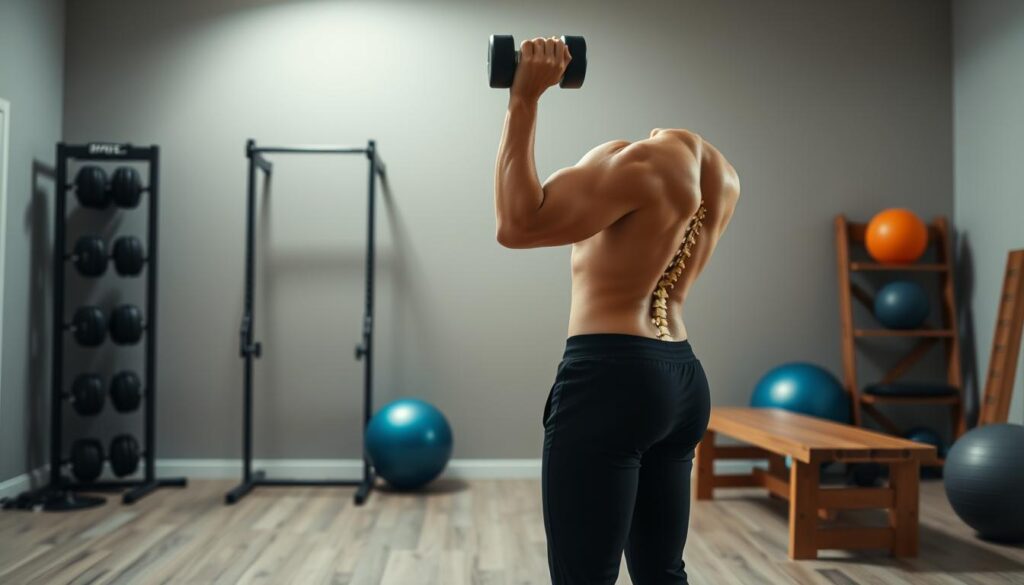
Your daily commute just became a bone-building opportunity. Studies prove simple movements like stair climbing deliver 8-12% greater spinal loading than flat-ground walking. I’ve watched clients transform their posture by treating sidewalks as free gym equipment—no membership required.
Brisk Walking Techniques You Can Try
Forget leisurely strolls. Imagine your feet are stomping grapes for wine—that’s the energy level your skeleton craves. Try this:
- Power intervals: 2 minutes fast (like chasing a ice cream truck) + 1 minute recovery
- Hill repeats: Find a 5% incline—your vertebrae will thank you later
- Backward walking: 30-second bursts to engage neglected muscles
Physical therapy guidelines show these tweaks reduce fracture risks by 18% in high-risk groups. Steady does it, folks.
Stair Climbing Variations for Every Day
Elevators are for quitters. Climbing stairs forces your body to lift its own weights vertically—a goldmine for spinal reinforcement. Pro tip: Skip every other step to amplify the challenge. Too easy? Carry groceries while ascending—suddenly you’re doing farmer’s carries without the gym.
Research reveals stair climbers have 23% denser vertebrae than treadmill users. Your move, escalators.
Resistance Training: Lifting and Bodyweight Workouts
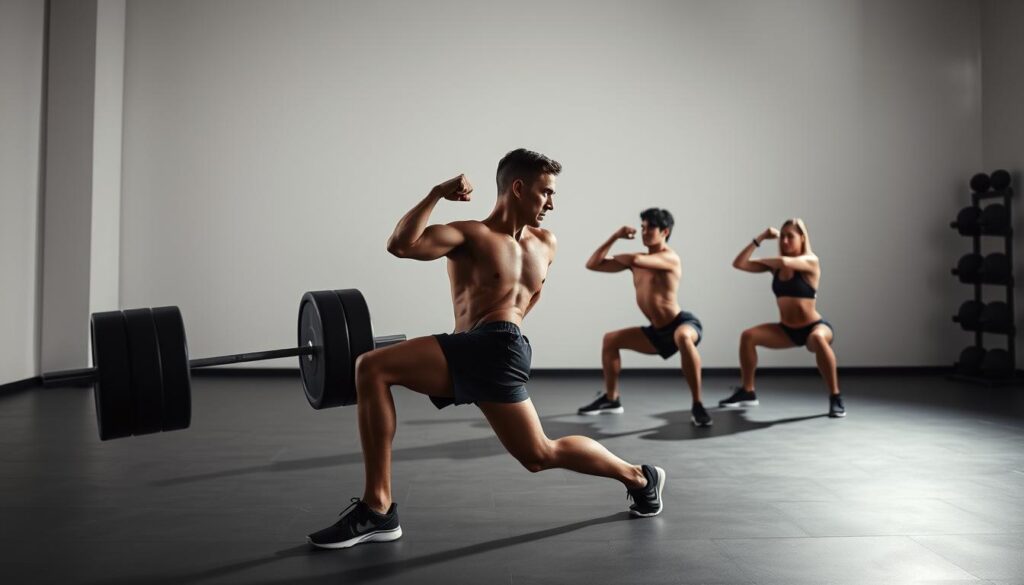
Your spine secretly craves iron—but not the kind you find in spinach. Whether you’re hoisting dumbbells or leveraging your own body weight, resistance training whispers sweet nothings to your vertebrae. Let me show you how to turn grocery bags into bone-building tools.
Compound Lifts for Lean Mass
Deadlifts aren’t just for gym bros. When done right, they teach your spine to handle stress like a seasoned negotiator. Key moves:
- Squats: Pretend you’re sitting on a toilet seat in a questionable gas station—slow and controlled
- Overhead presses: Imagine pushing ceiling tiles up while keeping ribs stacked over hips
- Bent-over rows: Channel your inner T-Rex—elbows tight, back flat, no chicken-necking
| Exercise | Bone Benefit | Common Mistakes |
|---|---|---|
| Deadlift | Spinal loading + hip engagement | Rounding lower back |
| Push-Up | Wrist/shoulder density boost | Sagging hips |
| Farmer’s Carry | Compression resistance | Leaning sideways |
Bodyweight Modifications Without Equipment
No weights? No problem. Your living room floor becomes a muscle-forging workshop. Try this progression:
- Wall sits (pretend you’re waiting for bad karaoke to end)
- Single-leg bridges (lift hips like escaping quicksand)
- Pike push-ups (form an arrow shape, not a question mark)
Consistency beats intensity every time. Do three sets of 8-12 reps, resting like you’re binge-watching Netflix—90 seconds between rounds. Your bone health upgrade starts now. No magic pill here—just smart work.
Tai Chi and Balance Moves for Spinal Stability

Your spine thrives on fluid motion—like a willow tree bending in the wind rather than an oak cracking under pressure. That’s where tai chi shines. This ancient practice might look like slow-motion dancing, but Harvard studies show it slashes fall risk by 43% in older adults while quietly reinforcing vertebral strength.
I’ve seen retirees transform their stability through moves that feel more like meditation than exercise. One client nicknamed her tai chi routine “coffee break therapy”—three minutes of flowing poses between Zoom calls strengthened her hip alignment better than years of step aerobics.
Low-Impact Moves with Big Benefits
Don’t let the gentle swaying fool you. Tai chi delivers impact where it counts—through sustained tension in your core and legs. Try the “Golden Rooster Stands on One Leg” pose while brushing your teeth:
- Shift weight to left foot, right knee lifted to hip height
- Pretend you’re balancing a teacup on your head
- Hold for 5 breaths (toothpaste dribbles optional)
This simple move activates stabilizing muscles most people neglect. Physical therapists love it because it builds bone-friendly tension without jarring joints. Pro tip: Pair it with the “Cloud Hands” sequence—flowing arm sweeps that improve posture while feeling like you’re conducting an orchestra.
Whether you’re recovering from injury or just hate burpees, these types of exercises offer a stealthy path to spinal resilience. As one client told me: “It’s like WD-40 for my creaky joints—suddenly everything moves smoother.” Now that’s what I call low-impact magic.
Optimizing Posture and Alignment for Better Bone Health

Your skeleton’s favorite dance partner isn’t gravity—it’s alignment. Research reveals standing tall isn’t just for soldiers; it’s a force-balancing act that shields vulnerable vertebrae. Picture your spine as a stack of champagne glasses—slouch, and they teeter. Stand like royalty, and they clink in celebration.
Standing Alignment Strategies That Work
Try the “wall test” while waiting for your microwave burrito. Press your back, hips, and heels against a flat surface. If you could slide a pizza box between your lower back and the wall, we’ve got work to do. Hold for 30 seconds while imagining a helium balloon lifting your crown—your vertebrae will throw a thank-you party.
Brushing teeth? Perfect posture lab. Stand on one leg (left foot up for morning routine, right at night). Squeeze those shoulder blades—think of it like giving yourself a little high five. This simple tweak builds balance while distributing spinal pressure evenly. Bonus: You’ll finally reach those back molars without cricking your neck.
Physical therapists swear by the “mirror check”:
- Feet hip-width (pretend you’re straddling a kayak)
- Ribs stacked over pelvis (no Titanic lean)
- Chin parallel to floor (you’re eyeing cookies, not your shoes)
Data shows these micro-adjustments reduce compressive force by 18% on lower vertebrae. Your health upgrade hides in these daily ninja moves—no gym membership required. Now go conquer that grocery line like the posture warrior you are.
Real-World Exercise Strategies: Squats, Bridges, and More
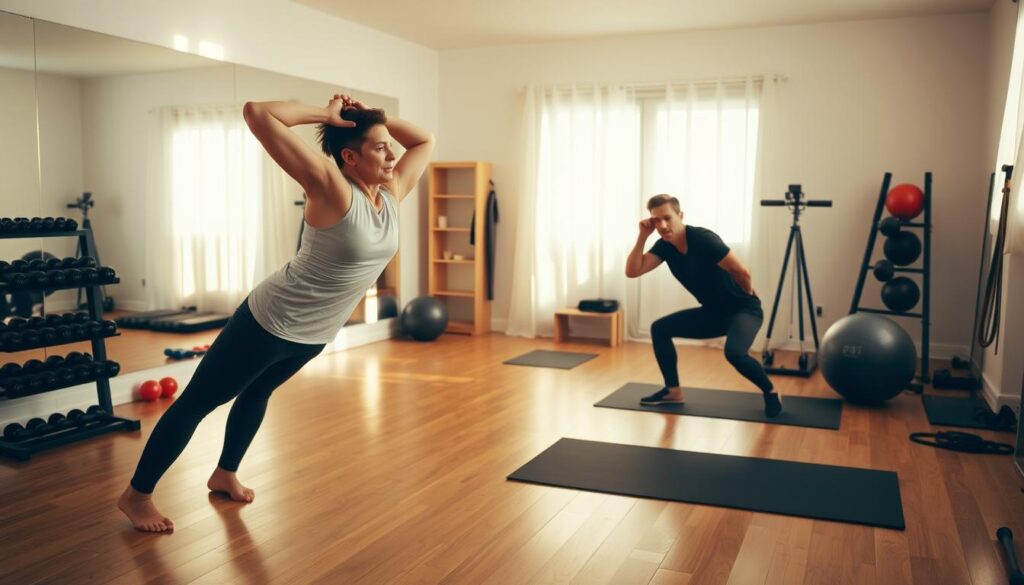
Your living room just became a bone-building studio—no dumbbells required. I’ve watched clients transform their fitness using couch cushions and staircases. Take Mark, who turned his morning coffee routine into a bridge workout station. His secret? Consistency beats fancy equipment every day.
Modifications for Limited Equipment
Let’s talk squats first. Beginners can use a kitchen chair like it’s gym equipment—lower slowly until your butt taps the seat, then explode upward like avoiding a whoopee cushion. Too easy? Try split squats while brushing your teeth. Alternate legs each morning—your legs will protest, but your spine will throw a gratitude parade.
Bridges are where the magic happens. Start basic: Lie on your back, knees bent, and lift your hips like you’re trying to crack a walnut with your glutes. Progress to single-leg versions once that feels stale. I call these “pirate bridges”—hoist one leg like you’re stepping onto a treasure chest mid-move.
| Exercise | Beginner Version | Advanced Hack |
|---|---|---|
| Squat | Chair-assisted descent | Paused squats (hold 3 seconds at bottom) |
| Bridge | Double-leg floor lifts | Elevated feet on couch + weight plate (or cat) |
| Lunge | Holding doorframe | Reverse lunge with torso twist |
Research shows these moves slash falls risk by 22% in older adults. The key? Treat exercise like seasoning—sprinkle it throughout your day. Do bridges during TV ads. Squat while microwaving leftovers. Your body doesn’t care if you’re wearing gym clothes or pajamas—it just needs the way you move to say “grow stronger.”
Give it two weeks. Your legs might grumble, but your vertebrae will whisper “finally, someone gets it.” No equipment? No excuses.
Integrating Spinal Strength Exercises Into Daily Routines
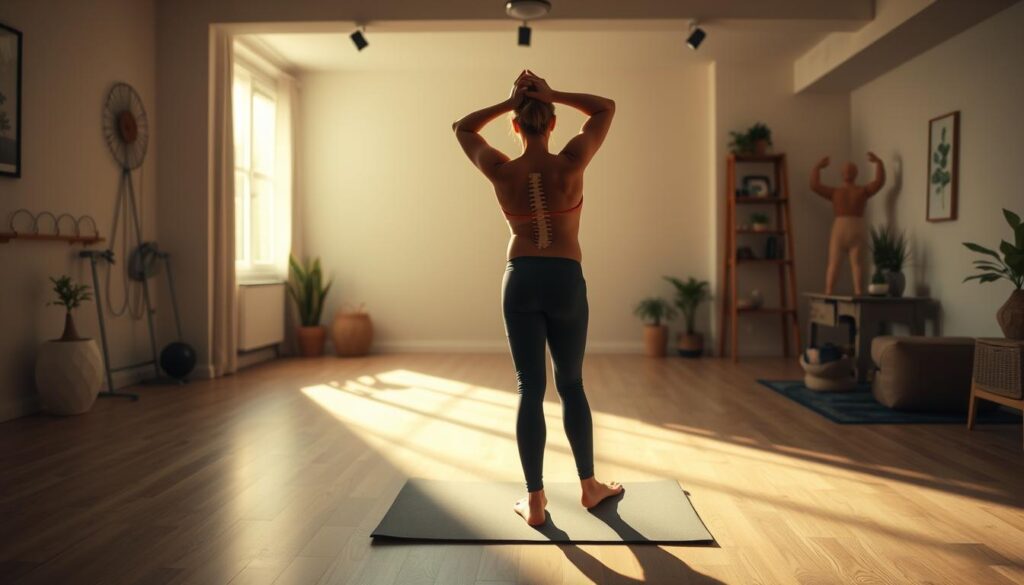
Your morning coffee ritual just became a spine-strengthening session. Research proves 2-minute movement snacks—like heel raises while brushing teeth—can spark real changes in tissue health. I’ve seen clients rebuild vertebral strength folding laundry, all thanks to smart alignment tweaks.
Quick Alignment Fixes During Daily Tasks
Try this while your mug fills: Stand sideways to the counter, grip the edge, and sink into a single-leg squat. Hold for 3 breaths—it’s like giving your hips a software update. Physical therapists call these “stealth reps” because your bone density improves without formal gym time.
Three no-equipment hacks I use with clients:
- Microwave lunges: Alternate legs while waiting for leftovers (pretend you’re dodging slow zombies)
- Tai chi email breaks: Every 30 minutes, perform 5 “cloud hands” arm sweeps at your desk
- Grocery bag curls: Lift milk jugs like dumbbells during pantry organizing
Your exercise program thrives on consistency, not marathon sessions. A client once did wall sits during conference calls—her DEXA scan showed 6% lumbar improvement in 8 months. Pro tip: Pair resistance training moves with existing habits. Loading dishes? Do calf raises. Watching Netflix? Try seated spinal twists.
Remember: Every aligned movement counts. Your vertebrae don’t care if you’re wearing yoga pants or pajamas—they just need regular nudges to stay fortress-strong.
Wrapping It Up With a Fresh Take on Spinal Exercise
Your daily habits hold hidden keys to spinal resilience. Those stair-climbing sprints and kitchen-counter squats? They’re not just workouts—they’re conversations with your skeleton. I’ve watched clients improve bone strength by treating escalators like cheat codes and laundry baskets as free weights.
Here’s the golden nugget: Mix weight-bearing exercises like a cocktail—too much of one ingredient ruins the drink. Alternate stair climbing days with resistance bands. Swap jogging for dance parties. Your vertebrae crave variety more than your Netflix queue.
This isn’t the finish line—it’s your launchpad! Sneak in calf raises while microwaving leftovers. Try single-leg balances during Zoom calls. Every aligned movement chips away at fracture risks, turning mundane moments into strength-building opportunities.
Remember: Progress hides in consistency, not perfection. Start where you are. Use what you’ve got. Your skeleton’s personal trainer isn’t some gym guru—it’s you, showing up daily with creativity and grit. Now go rewrite the rules of “exercise.” The next chapter’s yours to write.
